Recording focus group discussion is not easy.
Focus groups are notoriously hard to control and manage. But crucially, you’ll have to record sound from different sources and directions. That’s not easy.
Luckily for you, there’s recording equipment that make recording focus group discussion easier. And that’s my intention, to share with you the best focus group recording devices.
In a previous post, I shared a general outline of how to record a focus group discussion. I listed the 3 things you need to think about while planning your focus groups. I also shared specific recording devices for recording different types of focus group discussions.
But I realized that I didn’t provide researchers with options and recommendations.
Summary: Here’s the Best Audio Recorder for Focus Groups
Sony ICD-ux570 Audio Recorder
A couple of these recorders are great for small sized focus groups. But can also be used to power two ME33 boundary microphones and record slightly larger focus groups. Buy the Sony ICD-ux570 from Amazon.Olympus ME33 Boundary Microphone
The best microphone for recording medium and large focus groups; works well with the Zoom H1n digital recorder. Buy Olympus ME33 from Amazon.Zoom H1n
With the 2.5v plug in power output and USB charger (5v) capabilities, this is a great digital recorder for powering more than two ME33 boundary mics and recording your larger focus group. Buy Zoom H1n from Amazon.
Before I get to that, there are a couple of general tips that I want to share with you on recording focus groups. And they stem from a realization that most researchers see focus groups as a way to collect rich data in less time and with less effort.
How naïve!
When it’s time to get the FGs transcribed, researchers get in touch – looking to hire us to transcribe the focus group discussions for them. And there’s usually a bit of back and forth as we try to manage expectations on the quality of the data/transcripts that they’ll get from their poorly recorded focus group discussions.
If there is one thing that I’d like you to take away from this post, contrary to popular opinion, is that to conduct a good focus group, you’ll need to do a lot of planning – which takes time and resources. So here are my top 2 tips to get you started:
A Couple of Tips
Visit the Venue
A preliminary visit to the room where you are going to record the focus group is a must! I can’t over stress this. Unless you are very familiar with the location where you’re going to record the focus groups (which means that it’s not a neutral location – and you should not be using it to conduct the focus groups), you should plan for a preliminary visit to the room.
Once you visit the room, there are a lot of things you need to check. I’m only going to touch on those that determine the quality of the recording, (but do make sure that the room puts your participants at ease and that they’ll be comfortable).
The first thing you’ll need to check is background noise.
Does sound come from adjacent room, or from a busy highway? Fans and air conditioning create a lot of background noise. So you might want to move them around or switch them off or at least set them at a lower setting.
You also want to visit the venue at around the same time of the day – and preferably on the same day of week, as when you intend to conduct the focus groups. The local marching band might be practicing in the adjacent room – happened to me.
Finally you want to have at least one alternative venue where you can conduct the focus group discussion is case there is an issue with the primary venue. If you don’t, and maybe your primary room is locked, you’ll be in a bind.
Do a Test Recording
Again this is a must. You’ll want to familiarize yourself with the equipment and make sure that it works. And the test recording doesn’t have to be long, 5 minutes should suffice to let you know that you can capture audio from all the participants.
When you visit the venue of the focus group discussion, you’re likely to be accompanied by your moderator and maybe someone from the venue (receptionist, librarian etc). Kindly ask them sit around the table and record the interaction whilst you monitor the recording.
If you also plan to conduct research interviews, you’ll use the same equipment, for instance the Sony ICD-ux570, to record your interviews ( and here is a great post, with additional interview recording tips, on choosing the best voice recorder for interviews). Interviews are easier to manage and you should use that opportunity to get to know your recording equipment. If possible, conduct and record a few interviews before your first focus group discussion.
Finally, most participants are uneasy about being recorded. From my personal experience, let them play with the recording equipment beforehand. The first focus group I conducted, I was a nervous wreck. One of my key informants noticed this and got me talking about my new mini-cassette recorder. As the rest of the participants walked in, we passed it around, and they all joined in the discussion and that was a great ice breaker. Try it!
Best Audio Recorder for Focus Groups
1. Sony ICD-ux570
The Sony ICD-ux570 is the recorder you’ll want to get if you plan on recording small sized focus group discussions. Its greatest selling point is the ability to record high quality sound files in the .wav format and that you can visually monitor the microphones input on the screen. Great for doing that test recording I talked about.
My only concern is that it comes with 4GB of internal memory. That’s about 6 hours’ worth of good high quality recordings. You may want to get a 64 GB MicroSD card as additional memory. Here’s a detailed review of the Sony ICD ux570. For small focus groups, you’ll want to buy at least a couple of these recorders so that you can clearly capture all the participants. For slightly larger focus groups in a roomy location, get a couple of ME33 boundary mics and use the Sony ux570 to power them. Buy Sony ICD-ux570 from Amazon.
2. Olympus ME33 Boundary Mic
While a couple of Sony ux570s are perfect for recording small focus group discussions, they are not great for medium to large focus groups. And that’s because the internal microphones cannot cover a wide area without picking up a lot of background noise.
I realize that this is a post of audio recorders, but I’d be remiss if I didn’t mention the only device you can use to audio record medium and large focus groups: boundary microphones.
The Olympus ME33 boundary microphones captures very little background noise, but captures distant voices very well. And you can connect up to 6 microphones using its daisy chain capabilities. All that equates to very large coverage.
That makes the Olympus ME33 boundary microphone perfect for recording audio in large meeting or conference rooms. The only downside: you’ll need a digital recorder that provides plug in power.
Let me repeat that.
The ME33 will not work unless you connect it to a digital voice recorder that provides plug-in power.
Depending on your location and number of participants, you have a couple of options. If you plan to use only a couple of boundary microphones (covers about 40sqft), use the Sony ICD-ux570 to power them. I’ve tested this setup and it works very well. If you plan to use more than a couple of the ME33 boundary microphones I recommend the Zoom H1n.
Here is a detailed review (with a few tips on how to set them up) of the Olympus ME33 boundary microphones. To reiterate, if you need to effectively cover a large recording area, get the ME33s (at least 2 of them) coupled with a digital recorder to power them. Buy Olympus ME33 boundary mics from Amazon.
3. Zoom H1n
Coupled with the Olympus ME33 boundary microphones, the Zoom H1n is the recorder I recommend for recording medium to large focus group discussions: whenever you daisy chain more than a couple ME33 boundary microphones. The main reason why I recommend the H1n is because it will output enough power to 6 ME33 boundary microphones without loss of sensitivity.
Not only does the Zoom H1n output 2.5v plug-in power, but you have the added advantage of being able to power it using a 5v USB charger. As opposed to batteries (which reduce power output as they discharge), you’ll be able to provide optimal power to your ME33 boundary microphones. Perfect!
Now, the Zoom H1n does not come with a USB charger, that’s sold separately in an Zoom APH-1n Accessory Pack (amazon link). But any 5v USB charger works (my phone USB charger works great). And you’ll also need to buy Micro SD card to store the recording (here’s one (Amazon link) that I use on my H1n).
I recently penned a detailed review of the Zoom H1n, but let me highlight a few other great features of this recorder. You can record high quality sound using the Zoom H1n 96 kHz 24 bit Wav format. You can visually monitor the stereo mic inputs onscreen. Also monitor the recording, while the recording is ongoing, with a pair of headphones (great if you have a dedicated assistant to record your focus groups)… Great professional quality digital recorder that I recommend for powering more than two ME33 boundary microphones. Buy Zoom H1n digital recorder from Amazon.
That’s it for this post. I hope you’ve found it useful. If you have any questions, post them in the comment section below. I do read all of your comments and endeavor to answer all of your questions. All the best in your research.

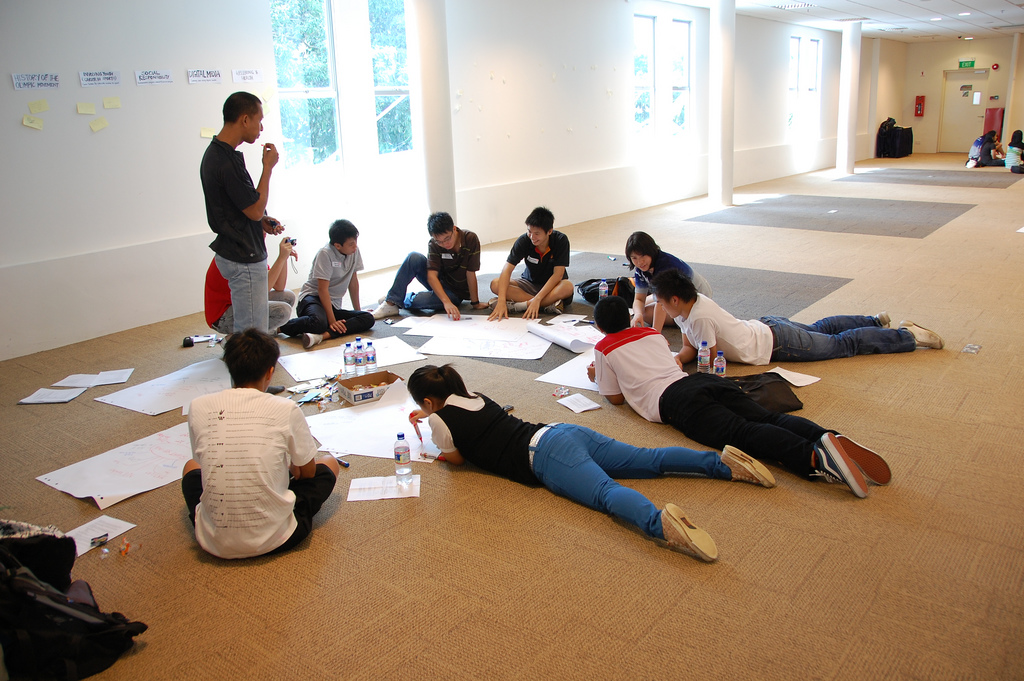
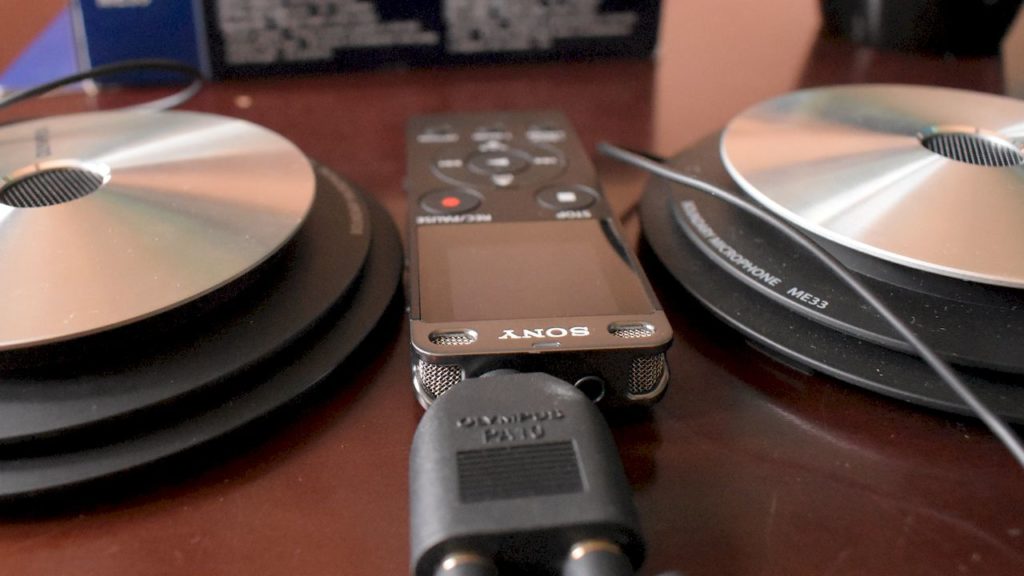

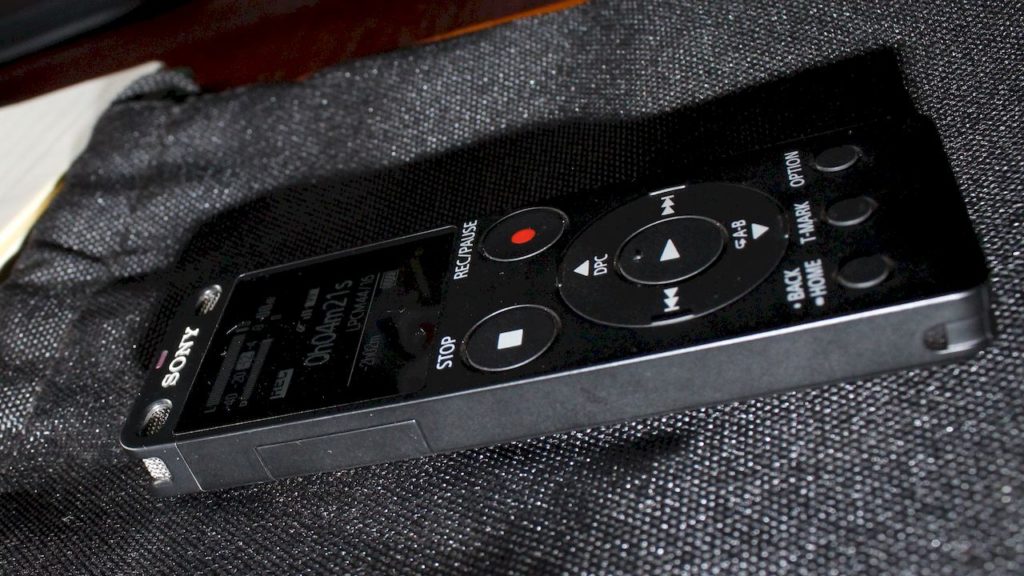
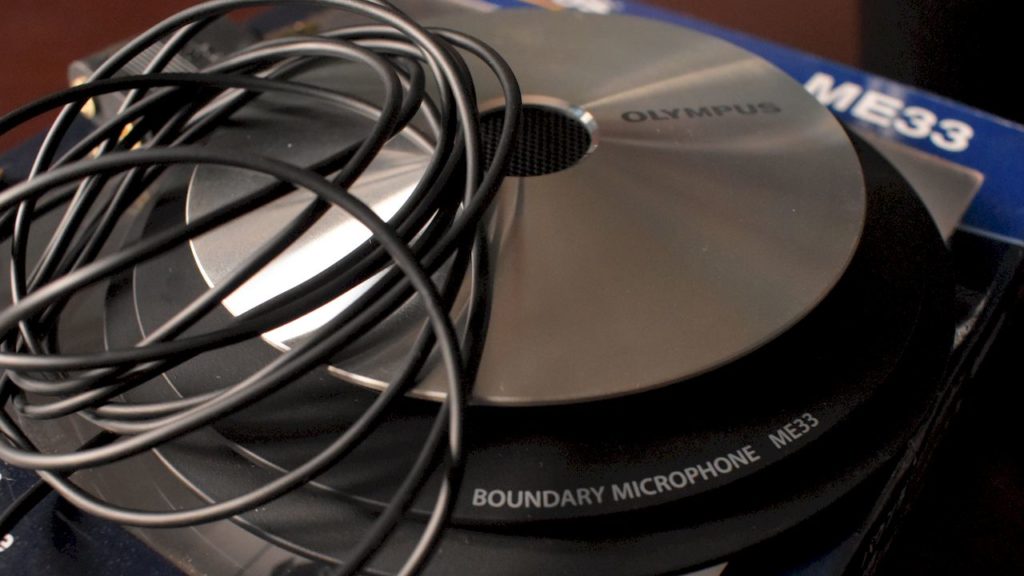
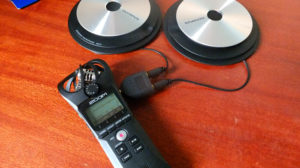
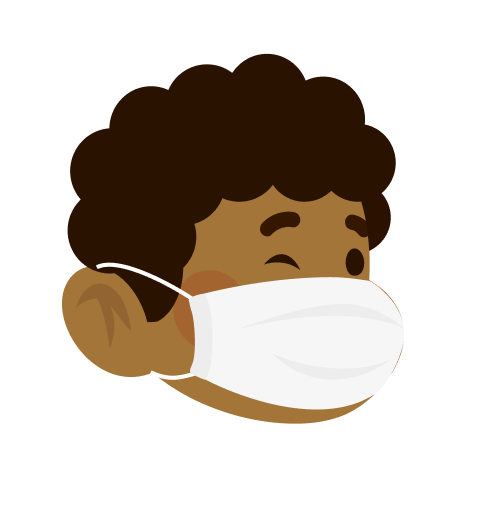
Leave a Reply